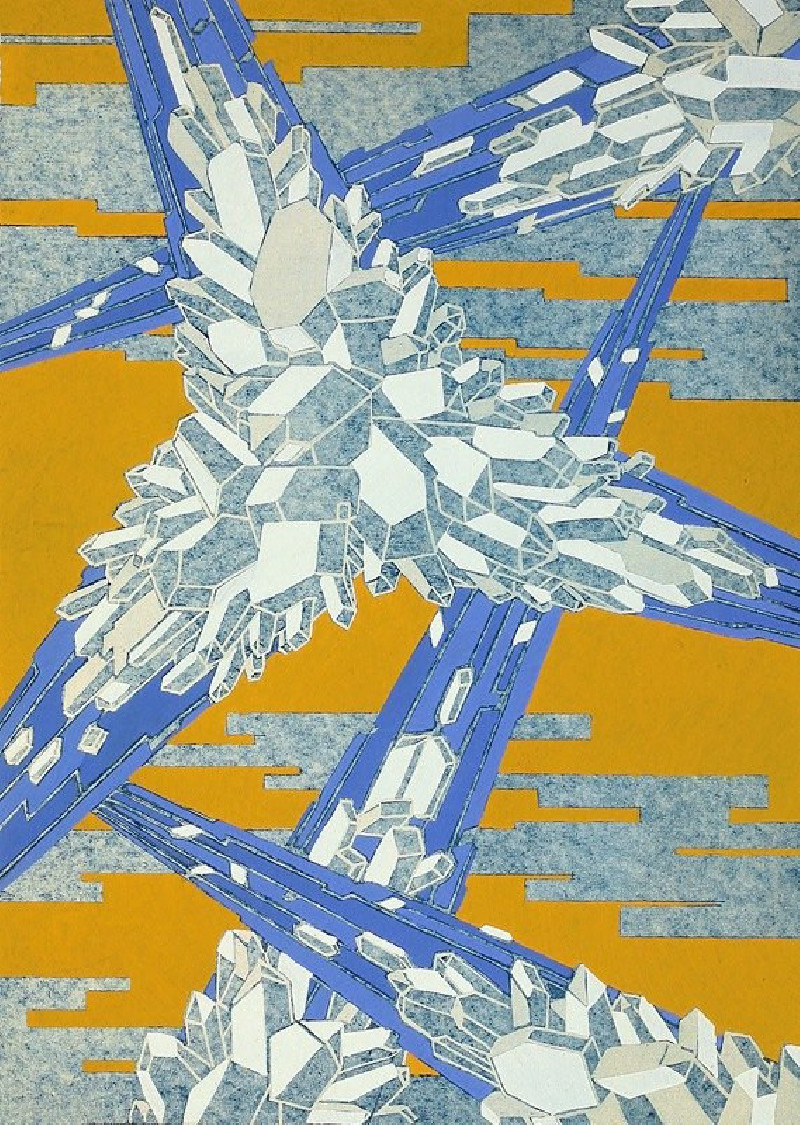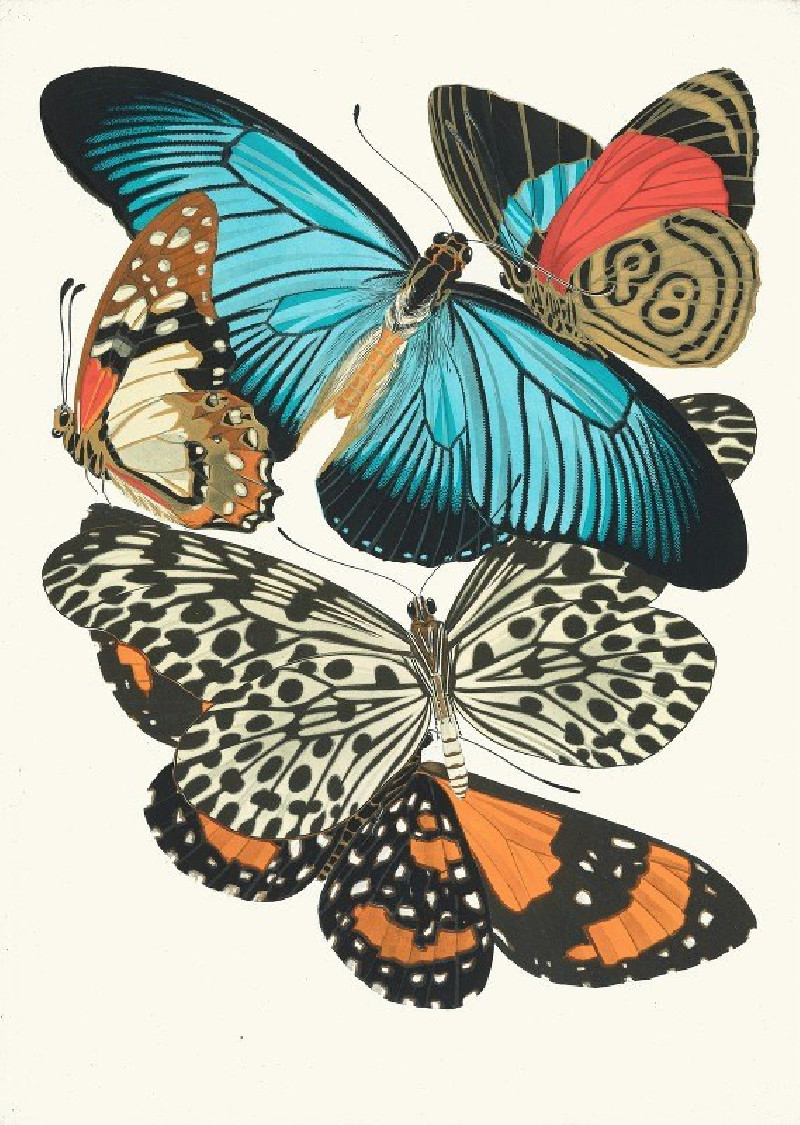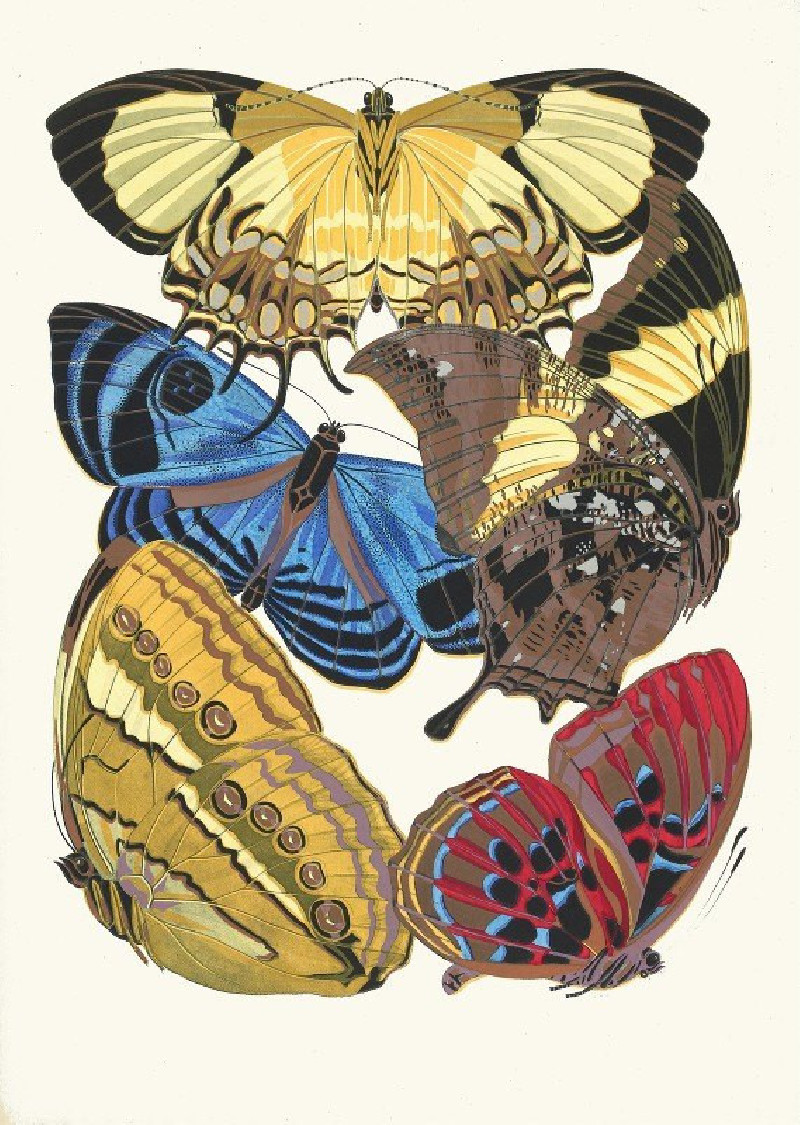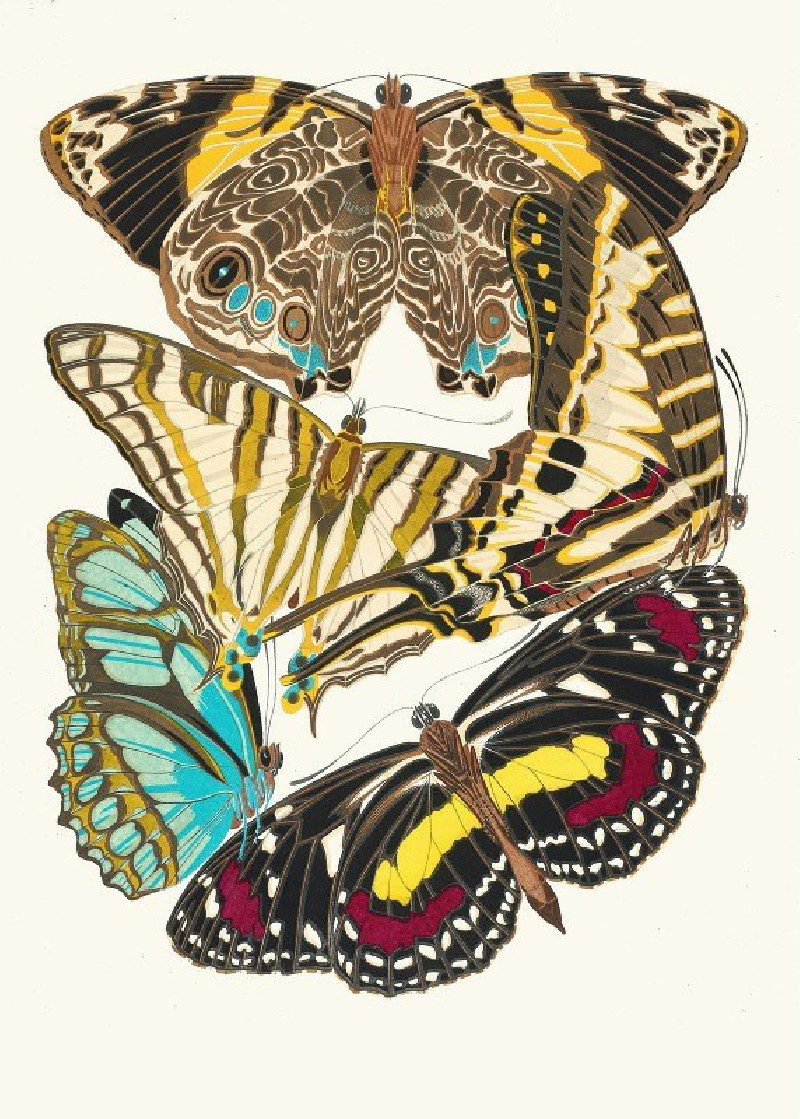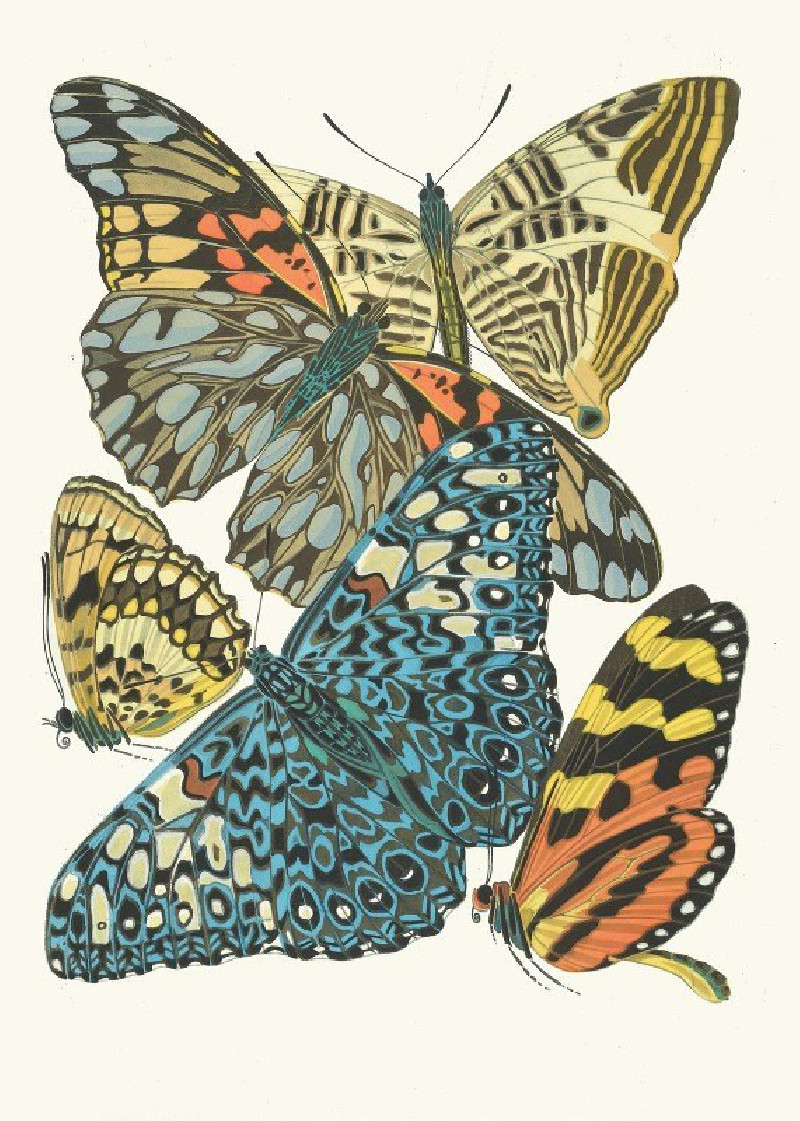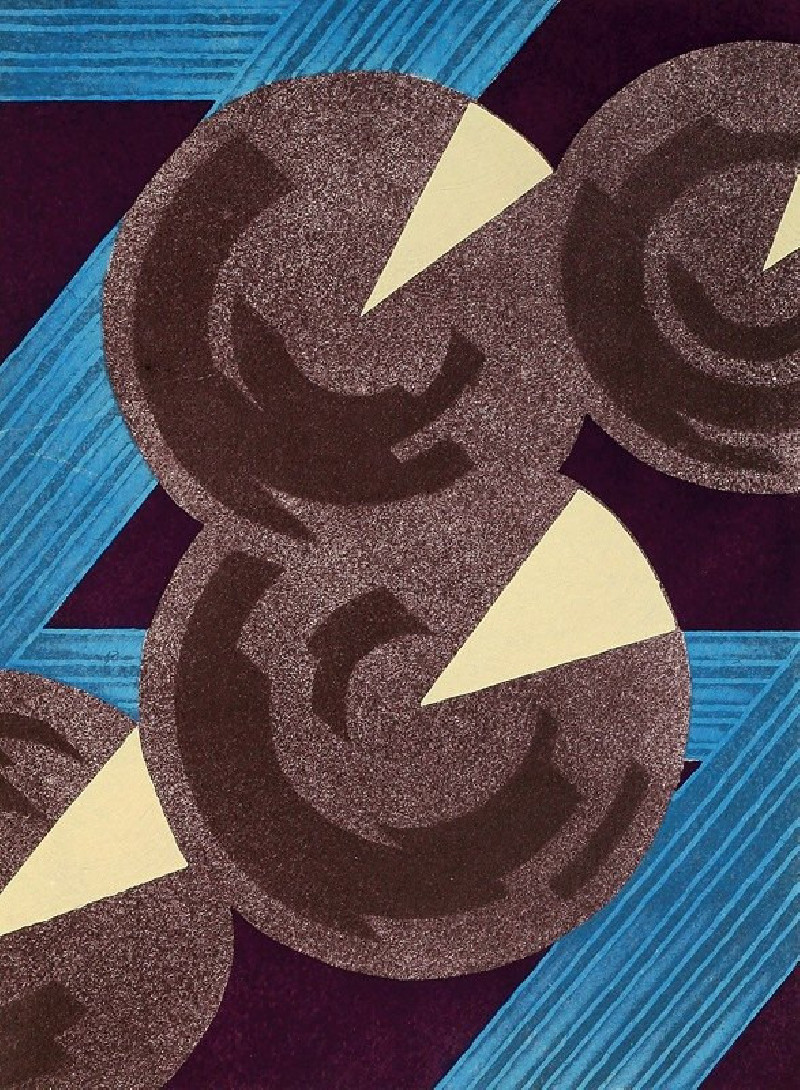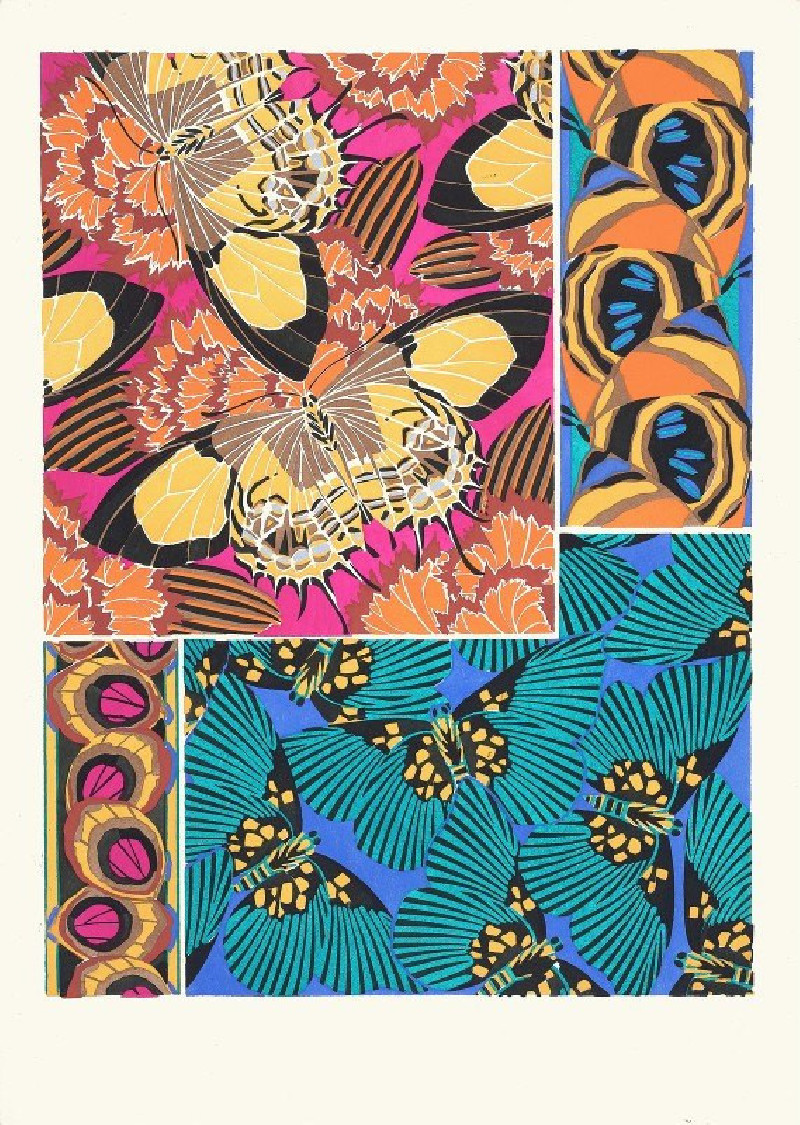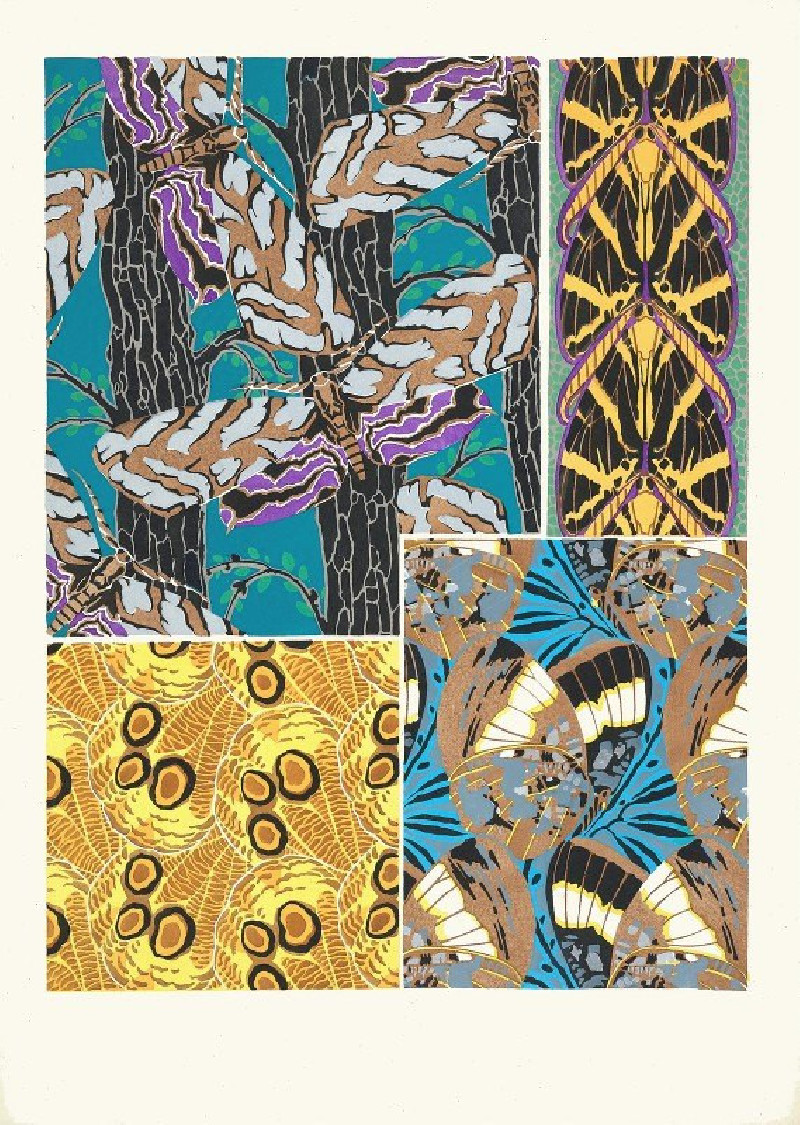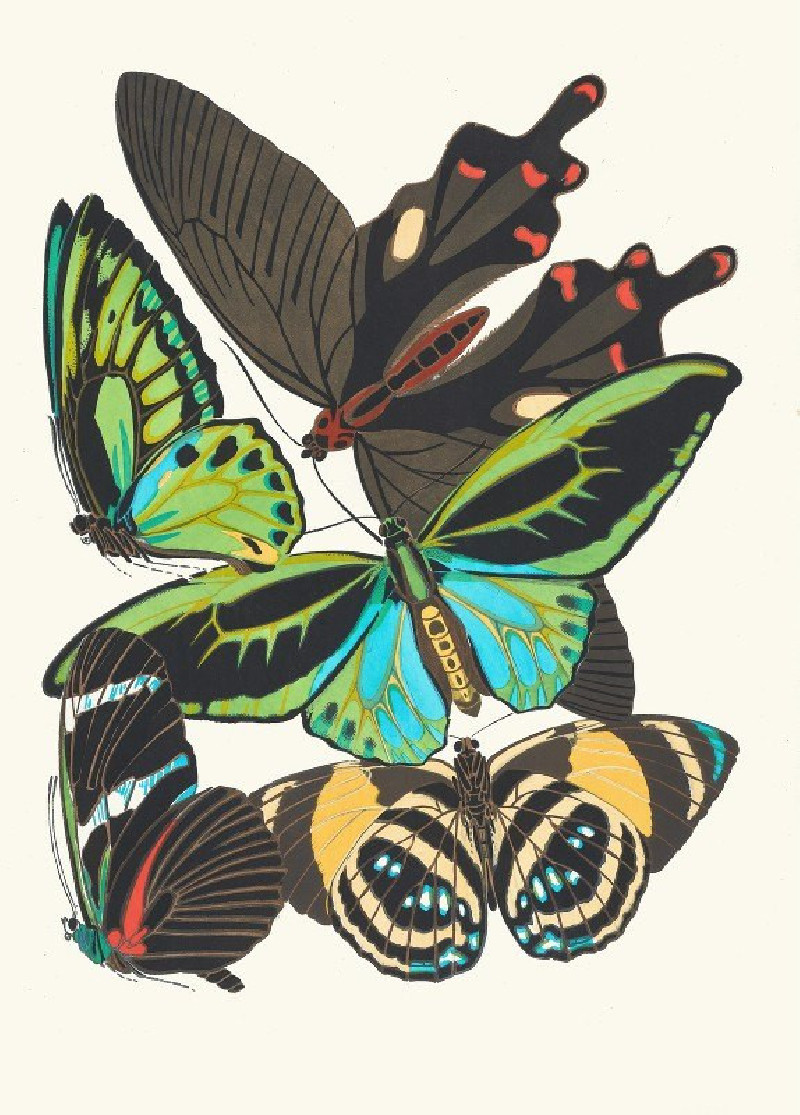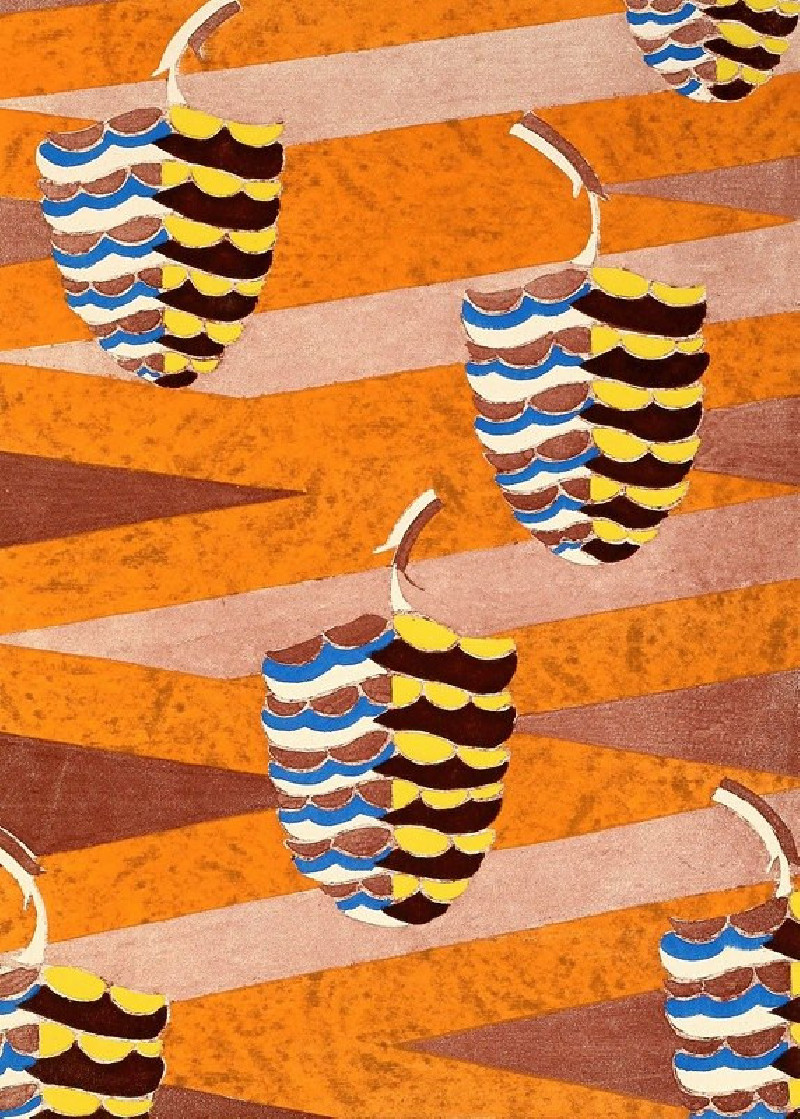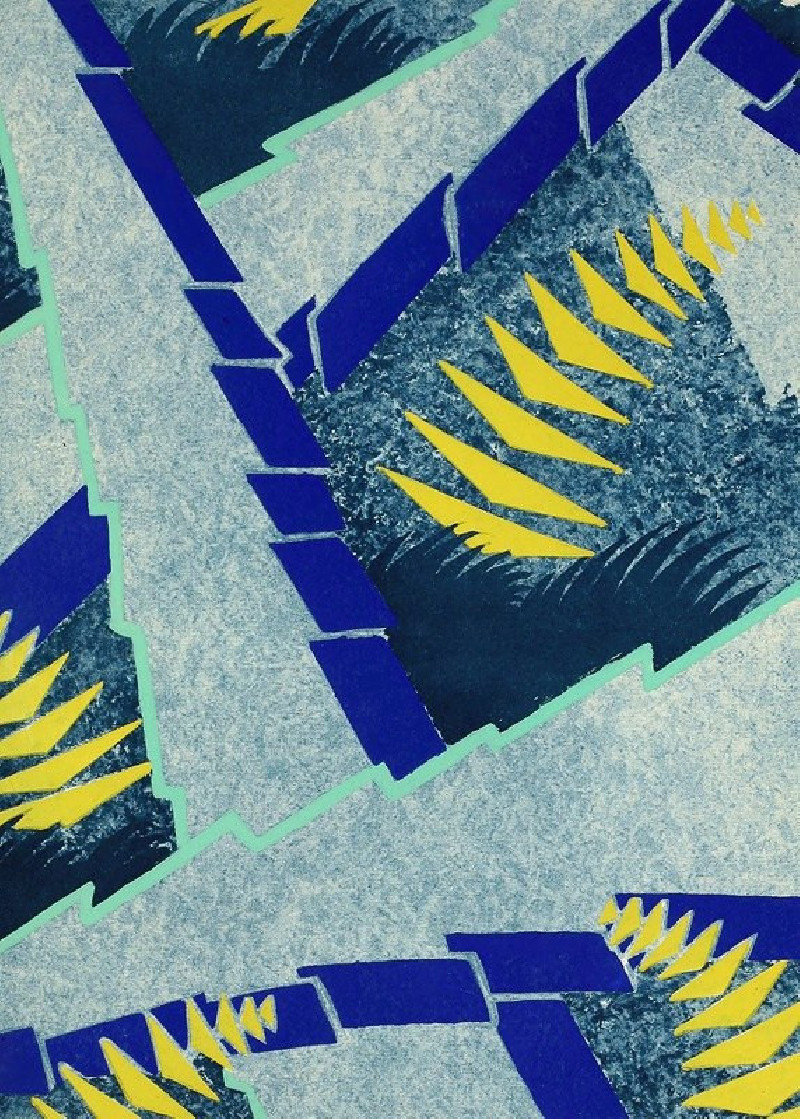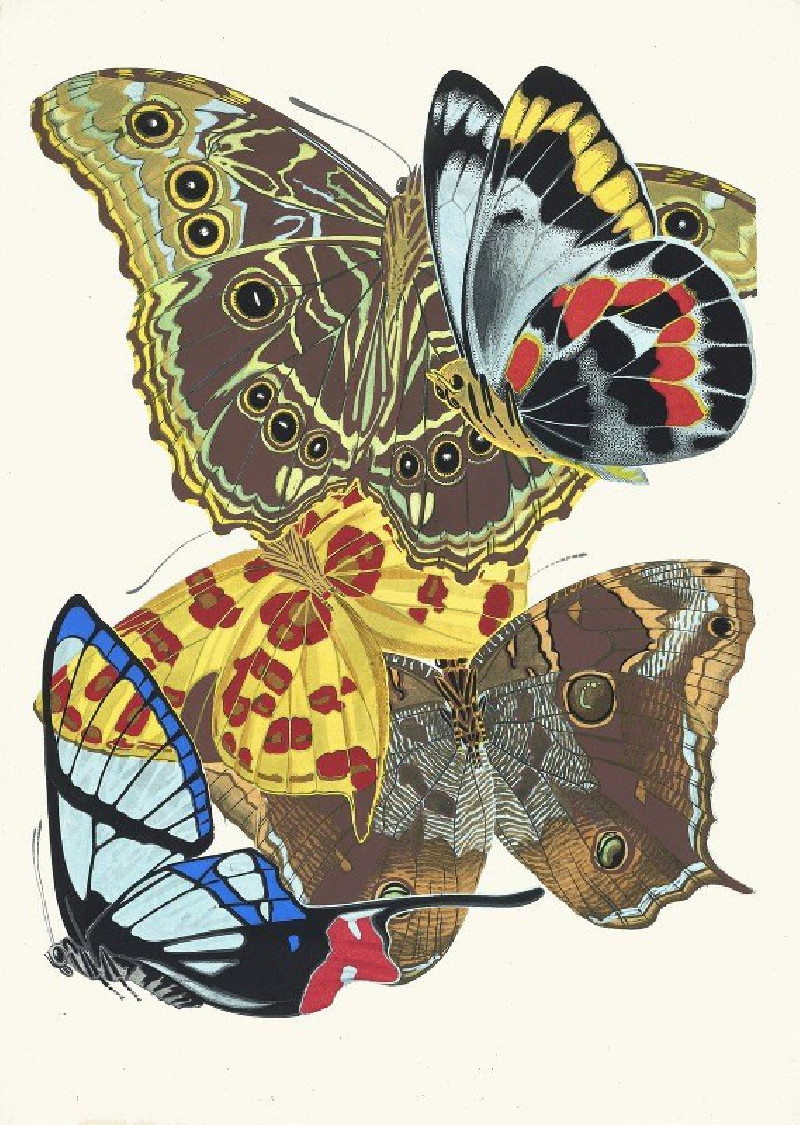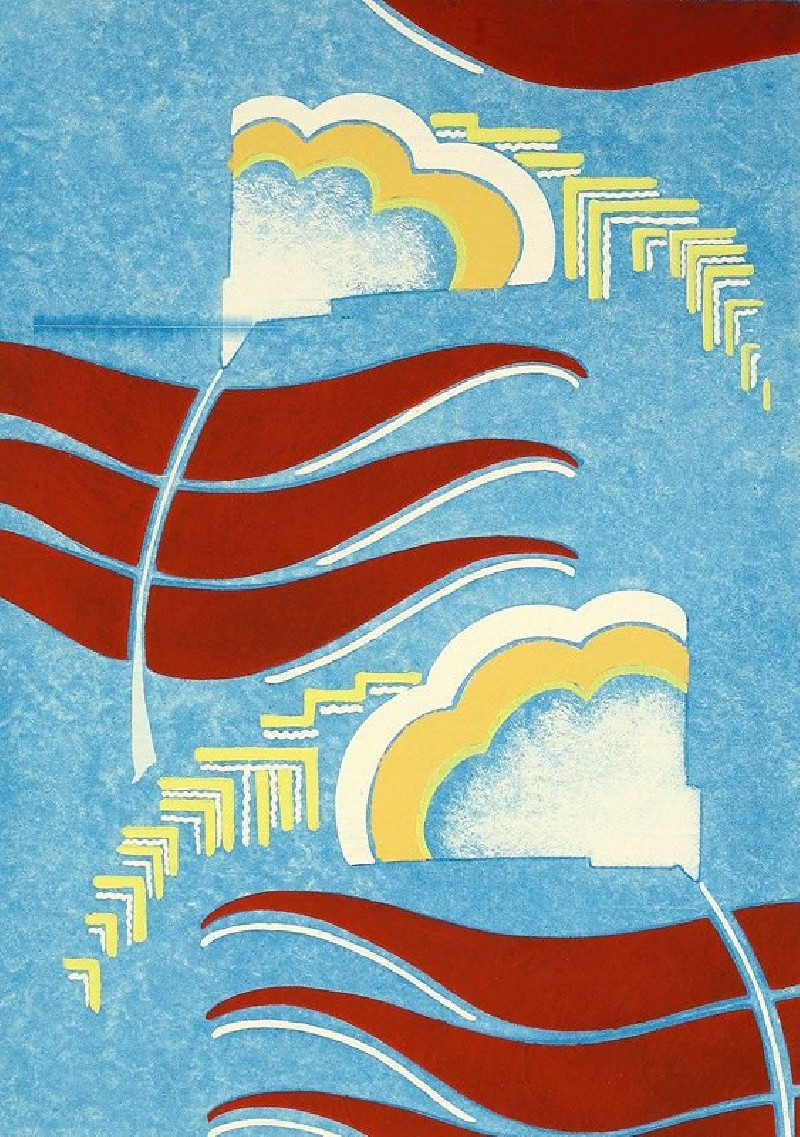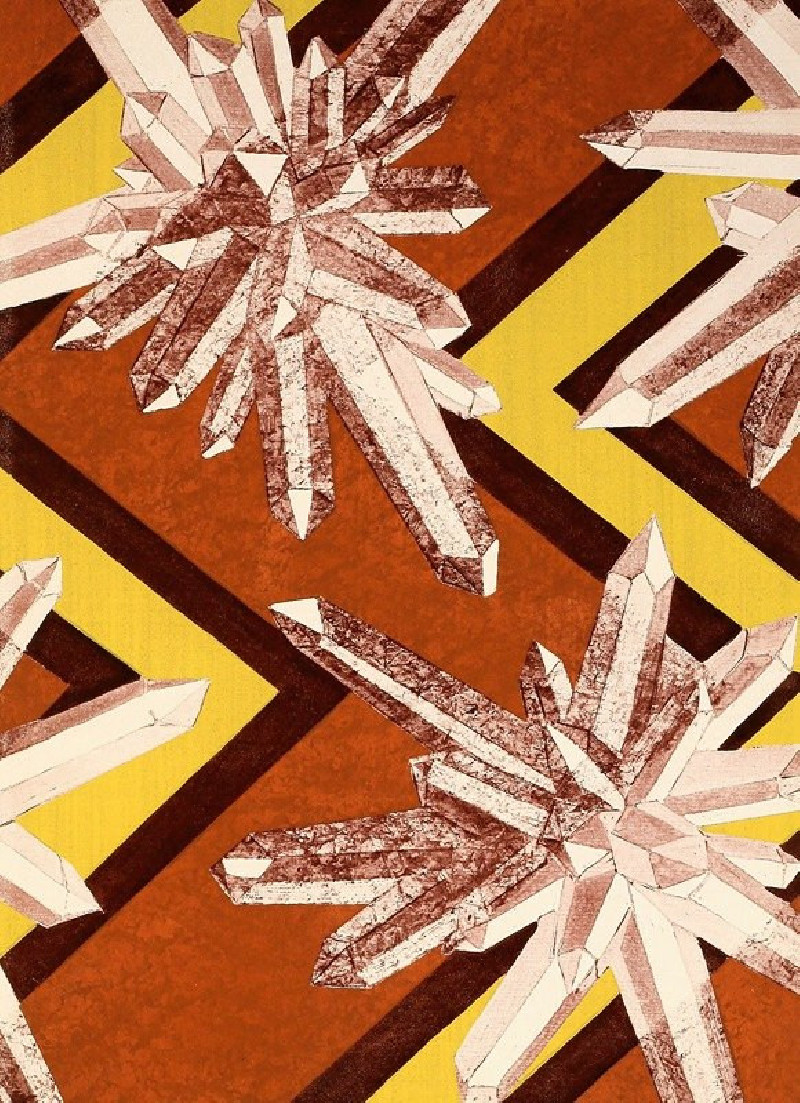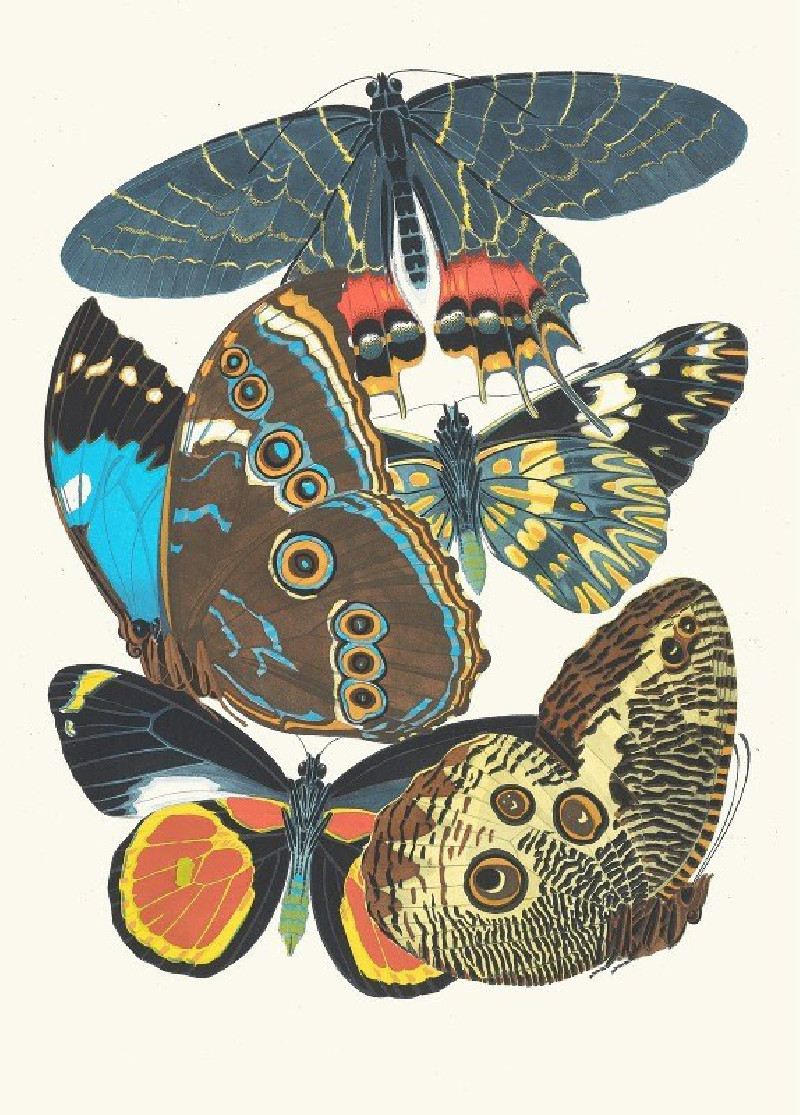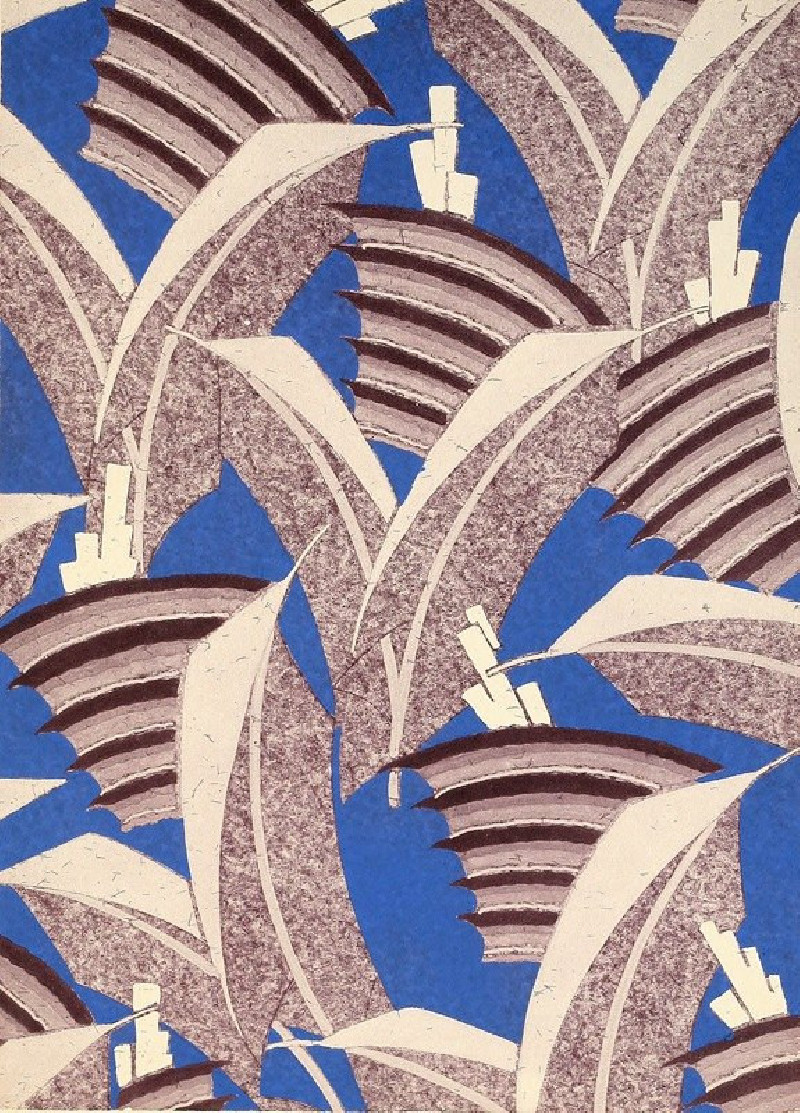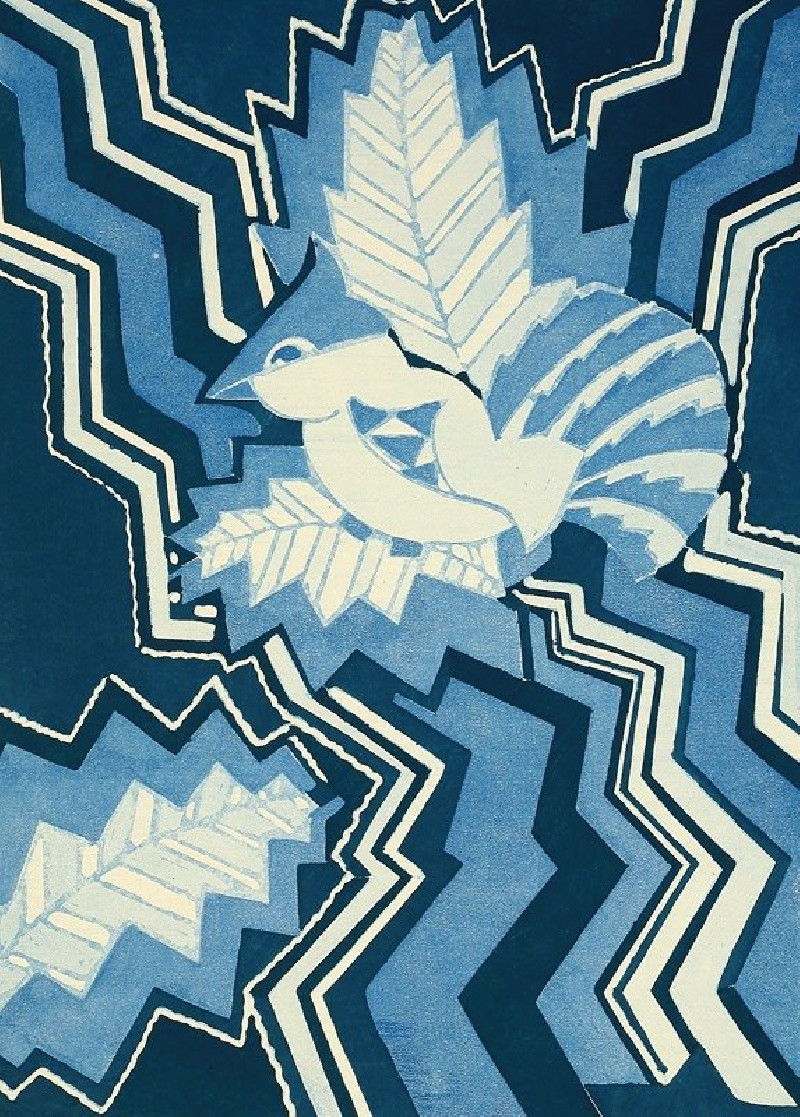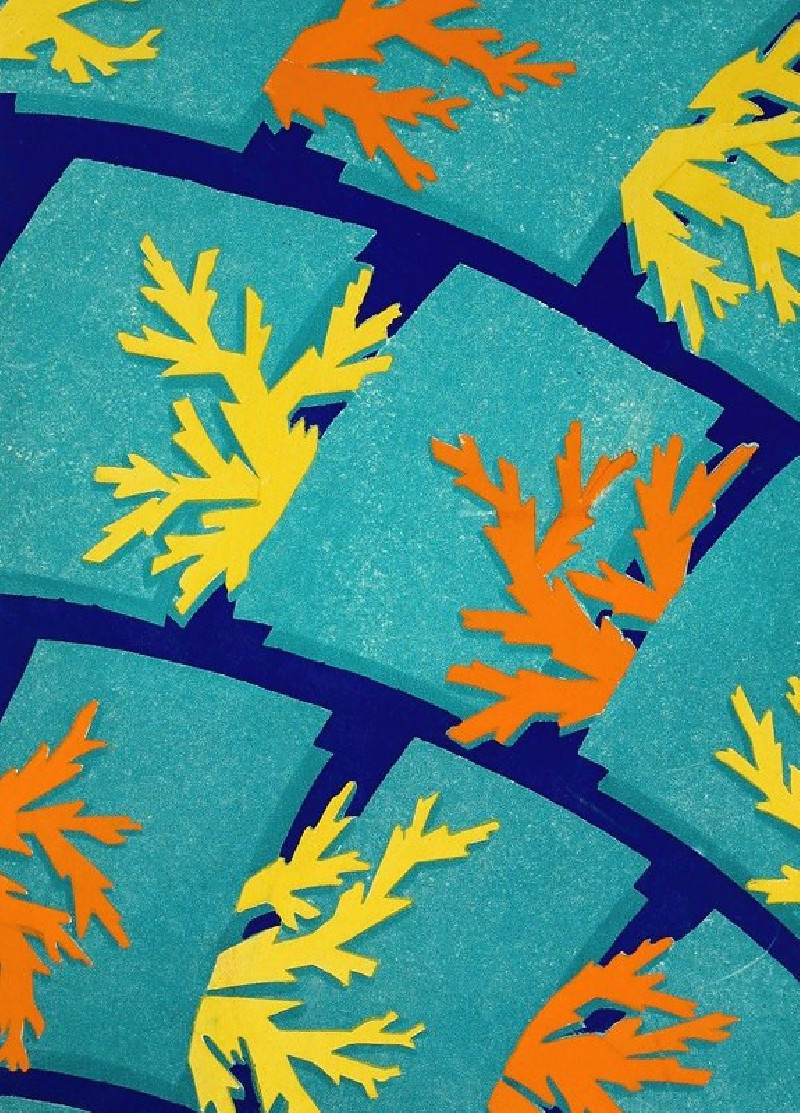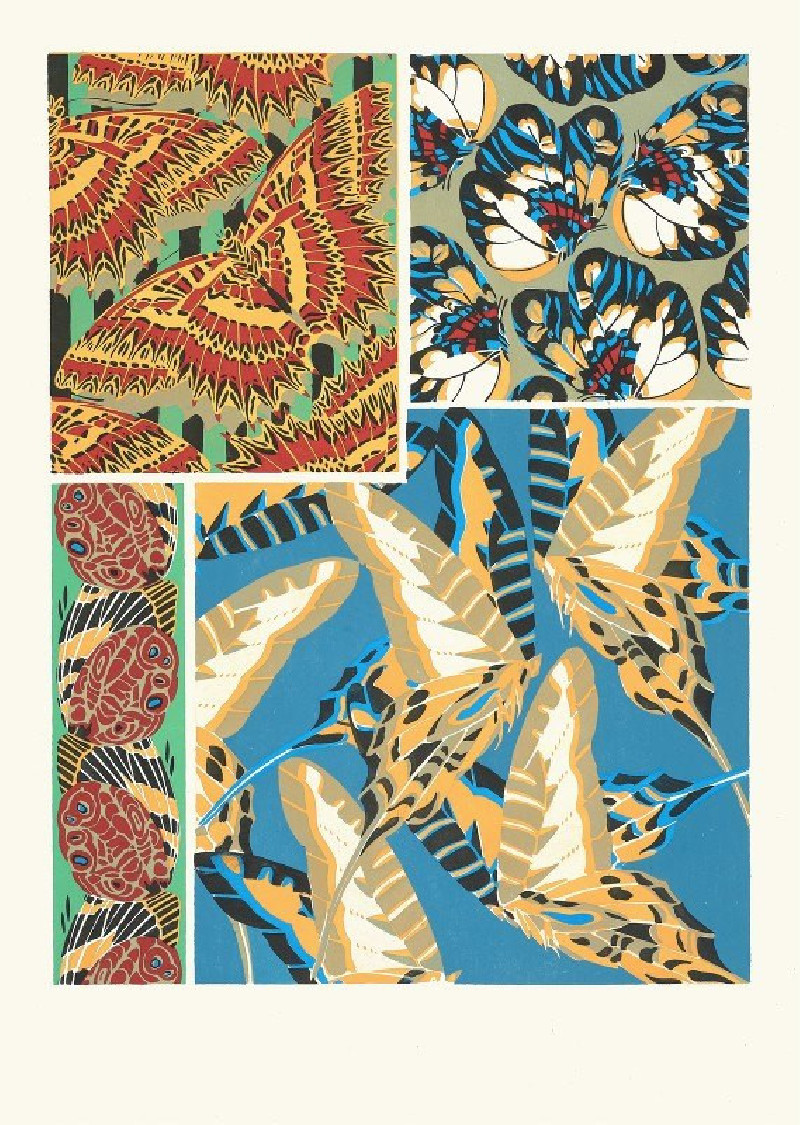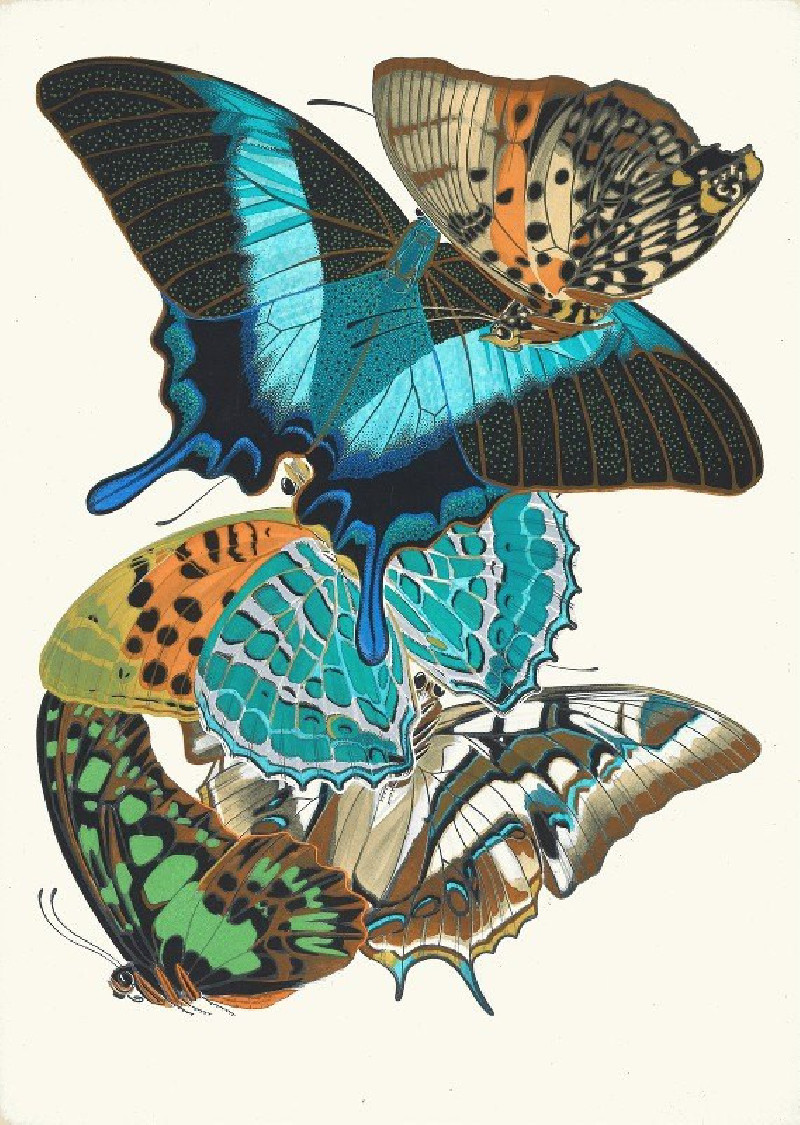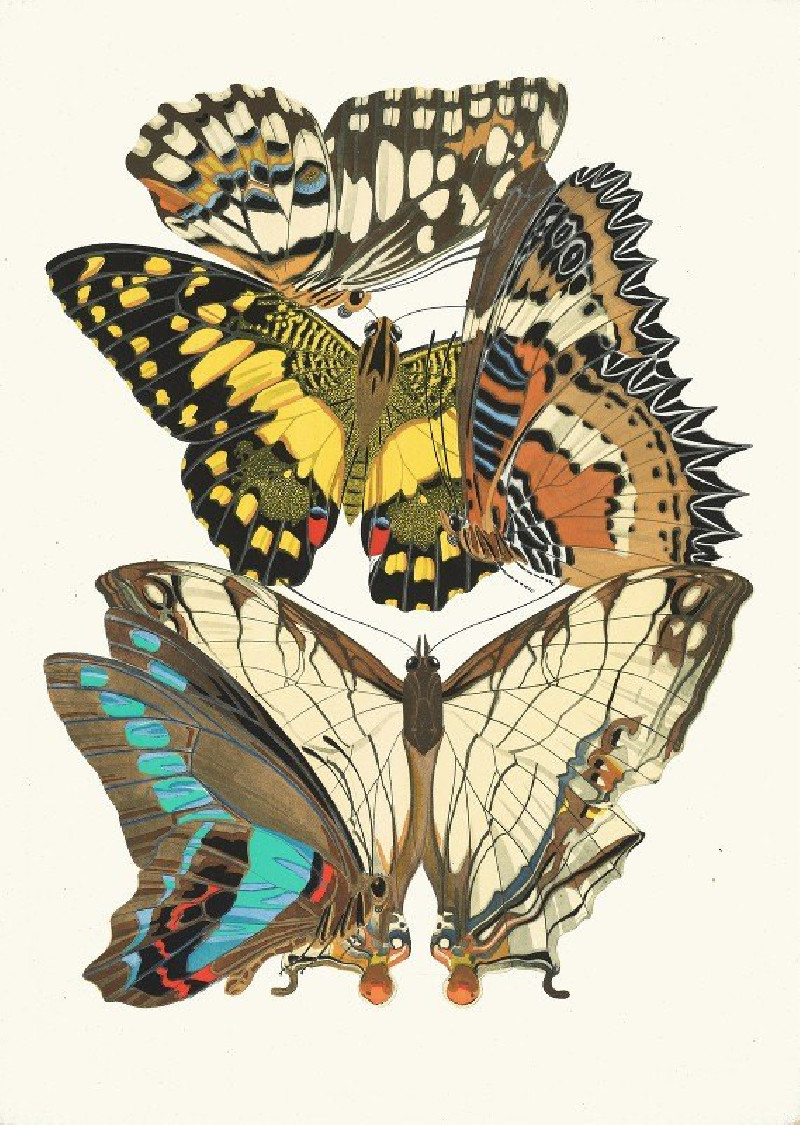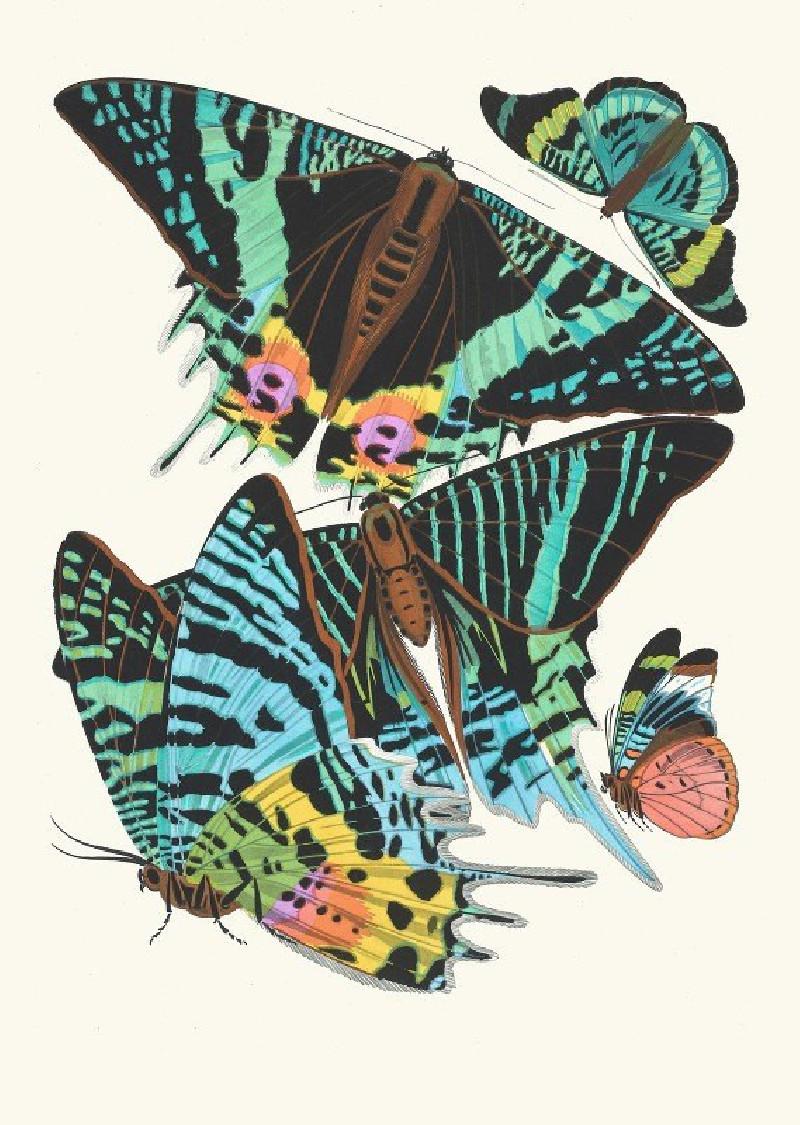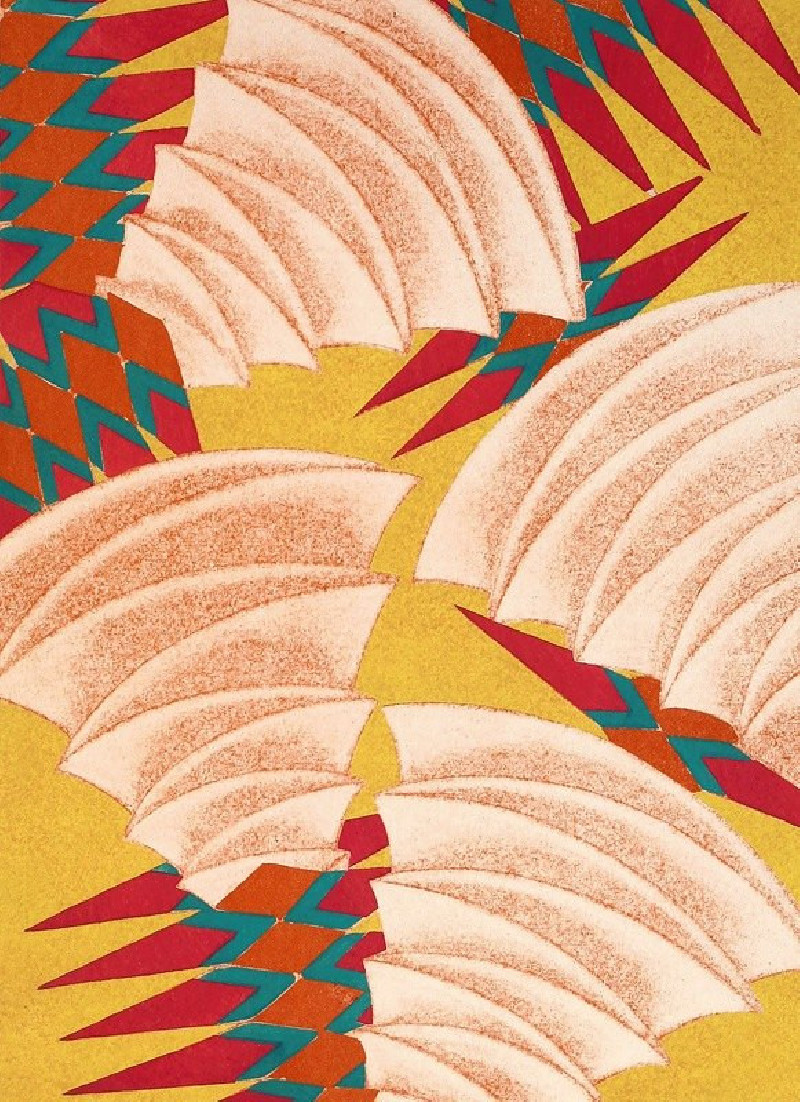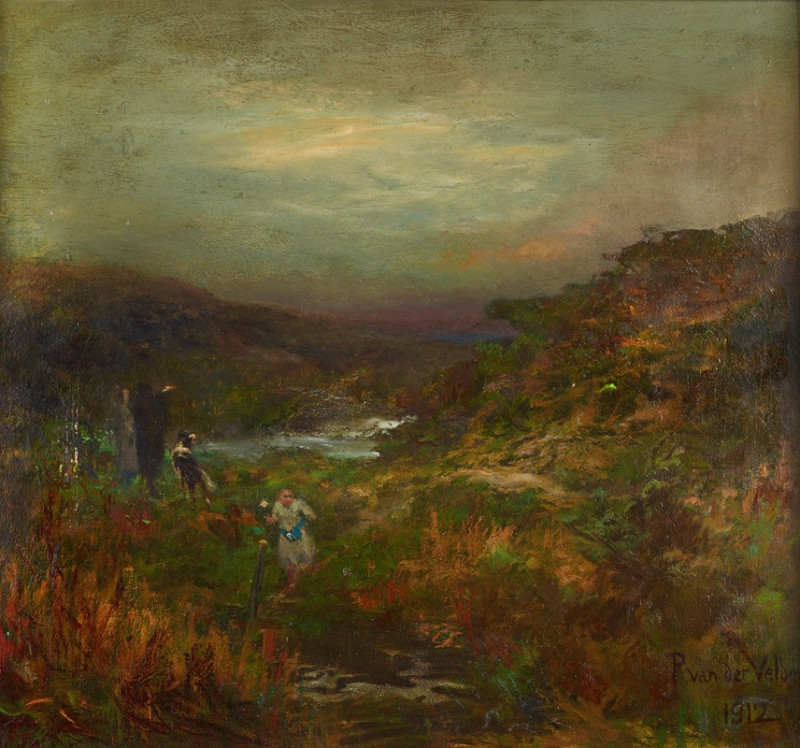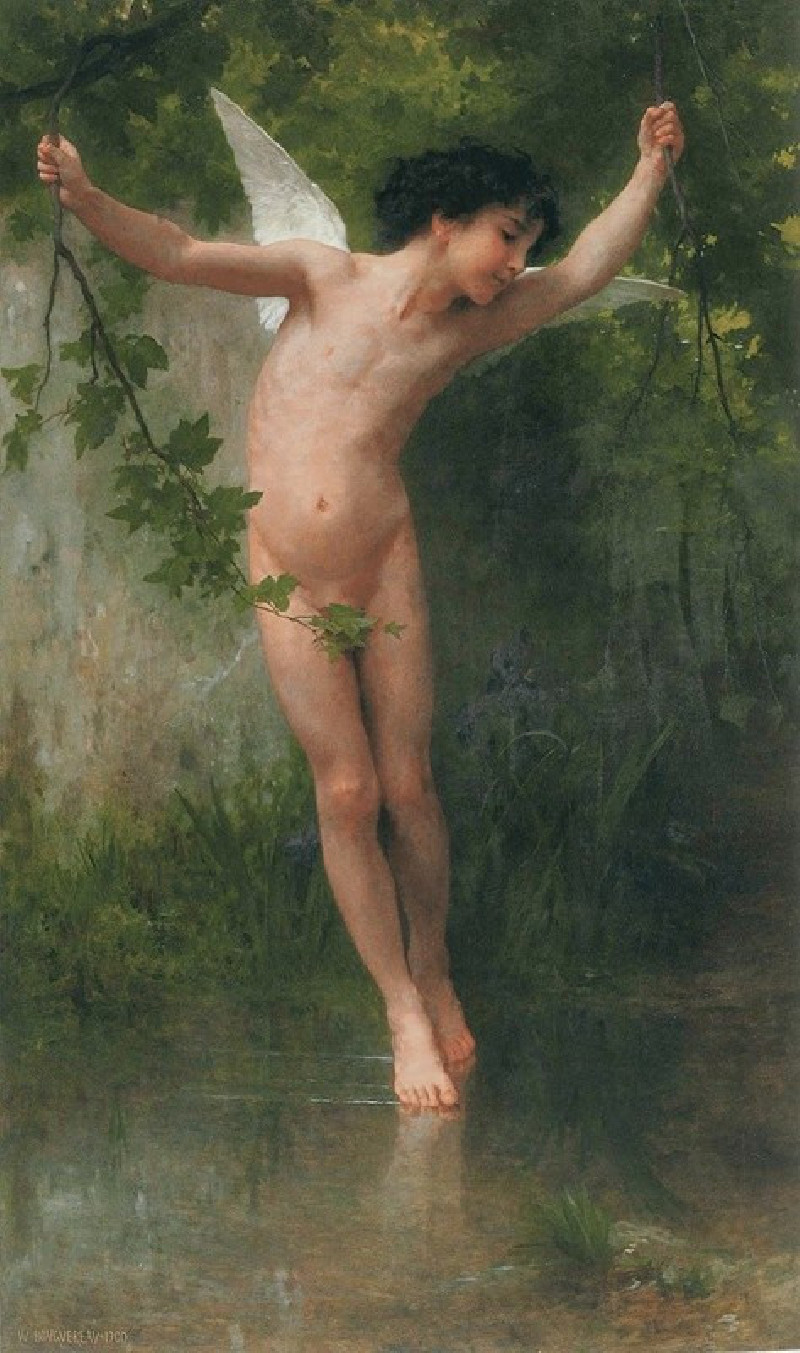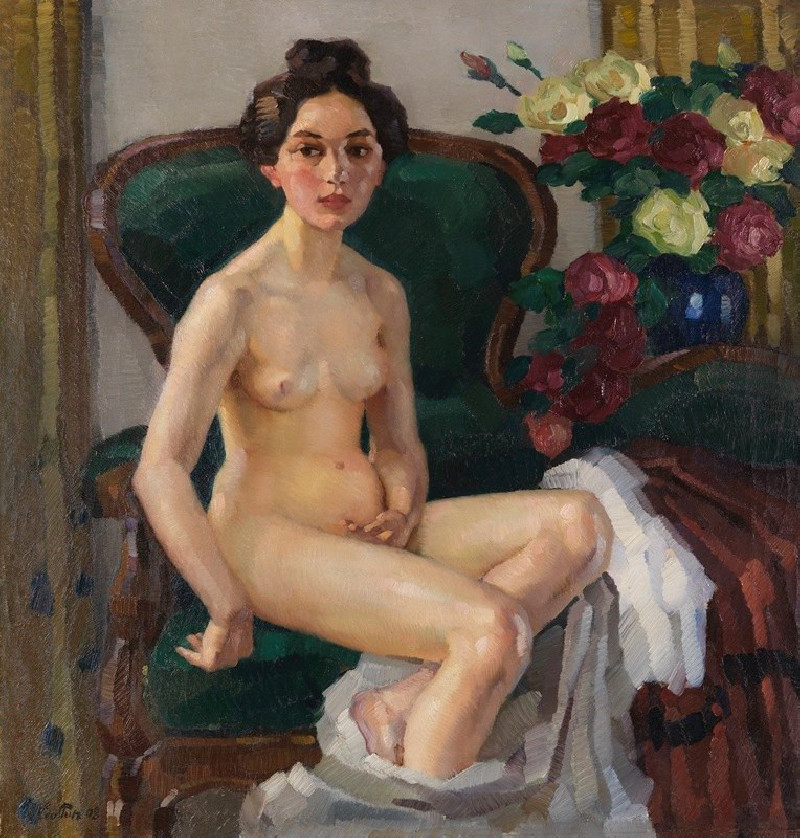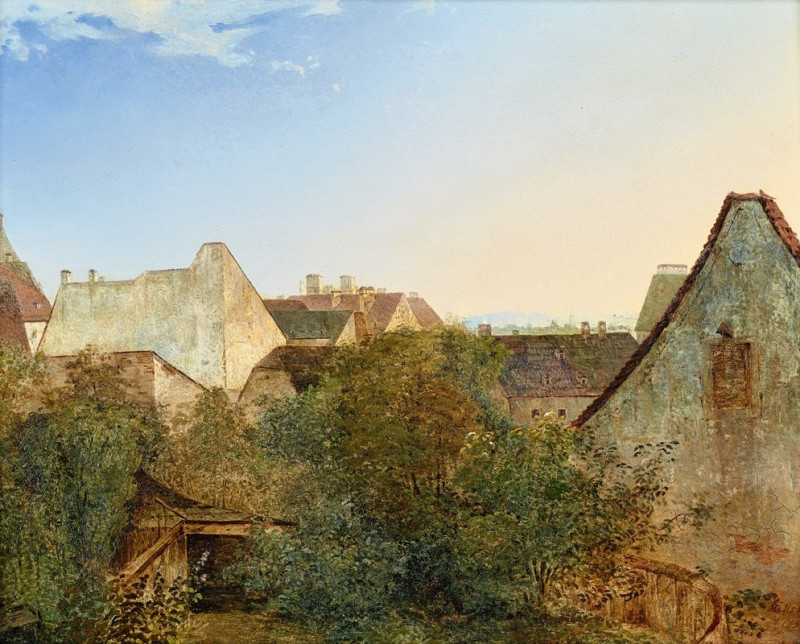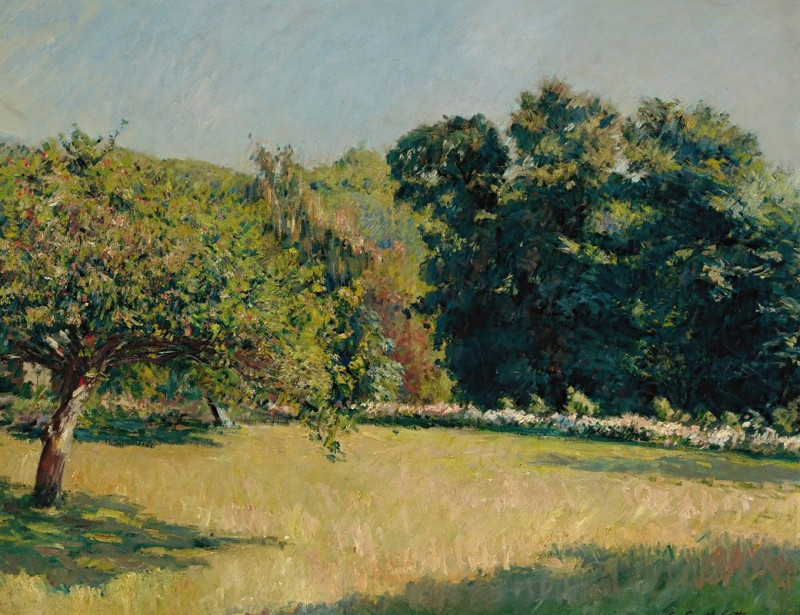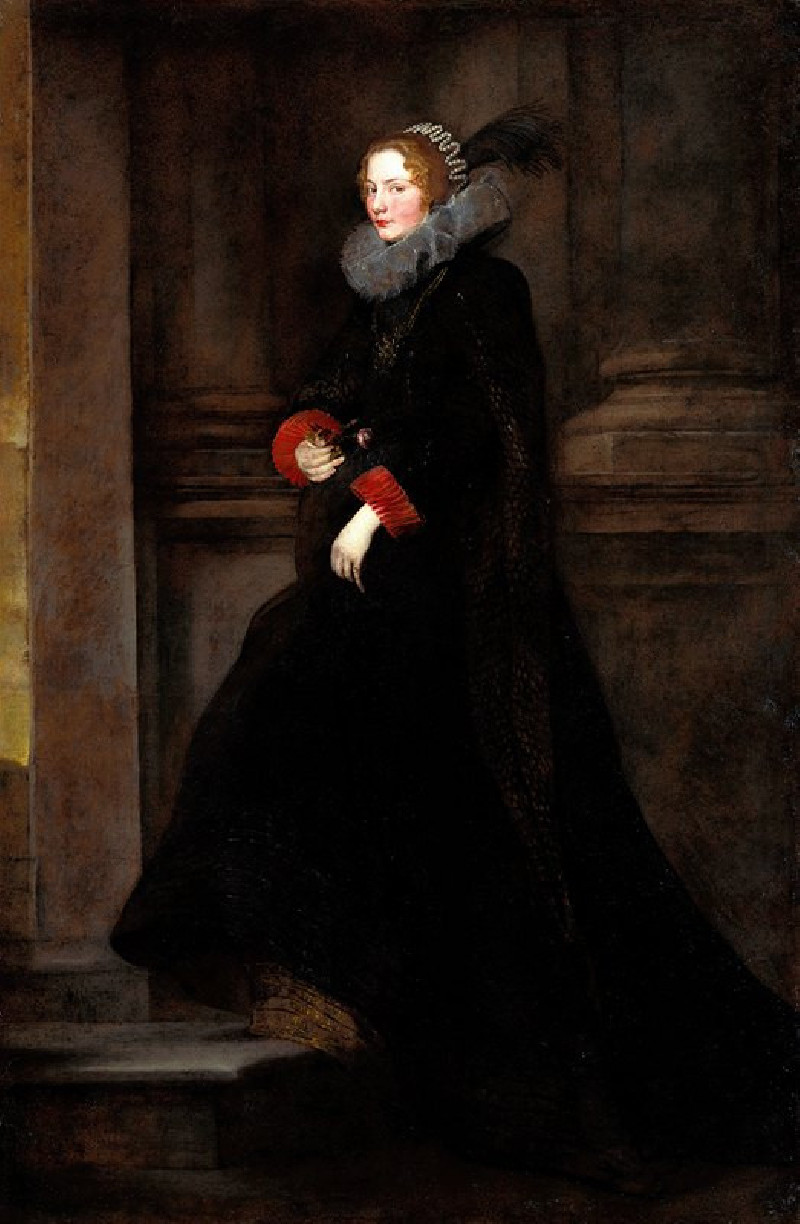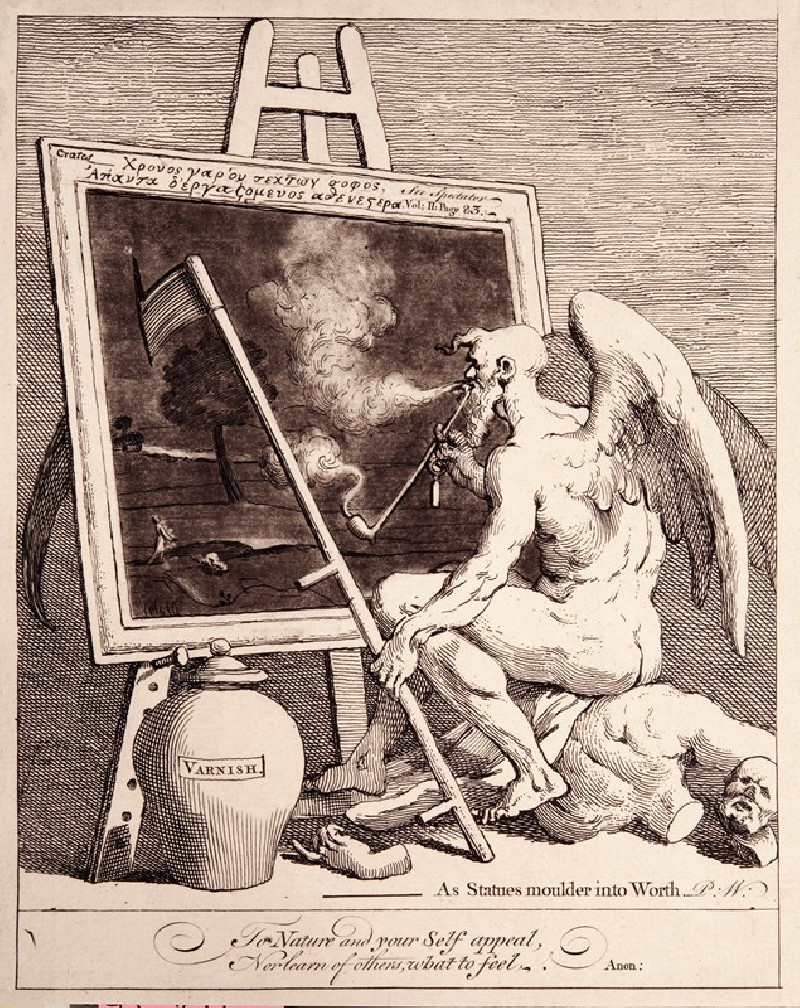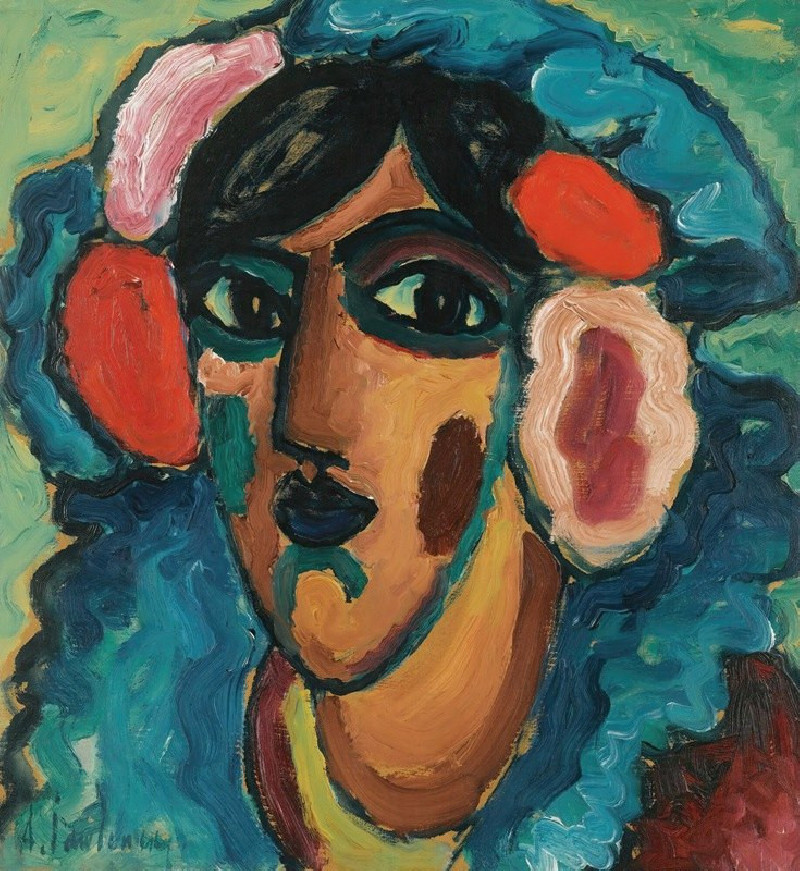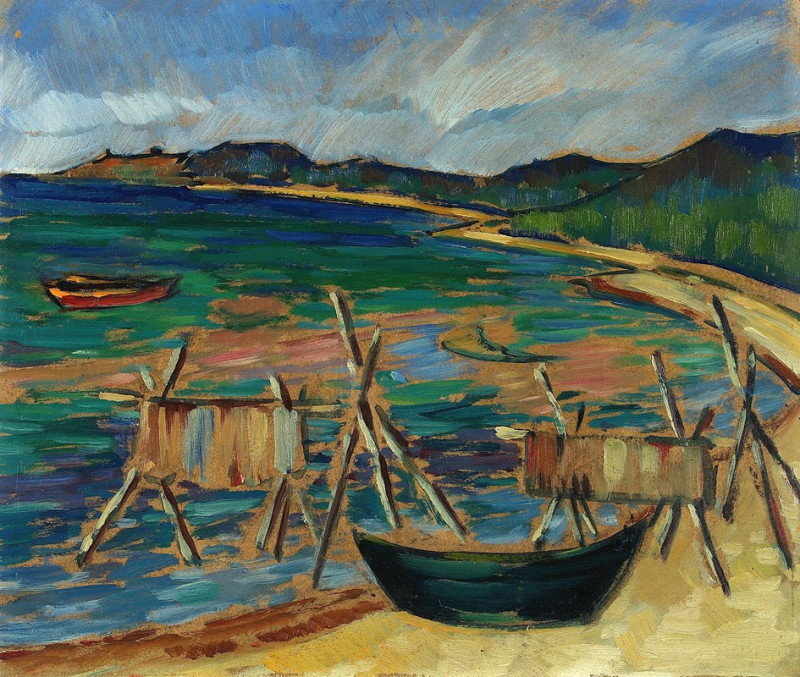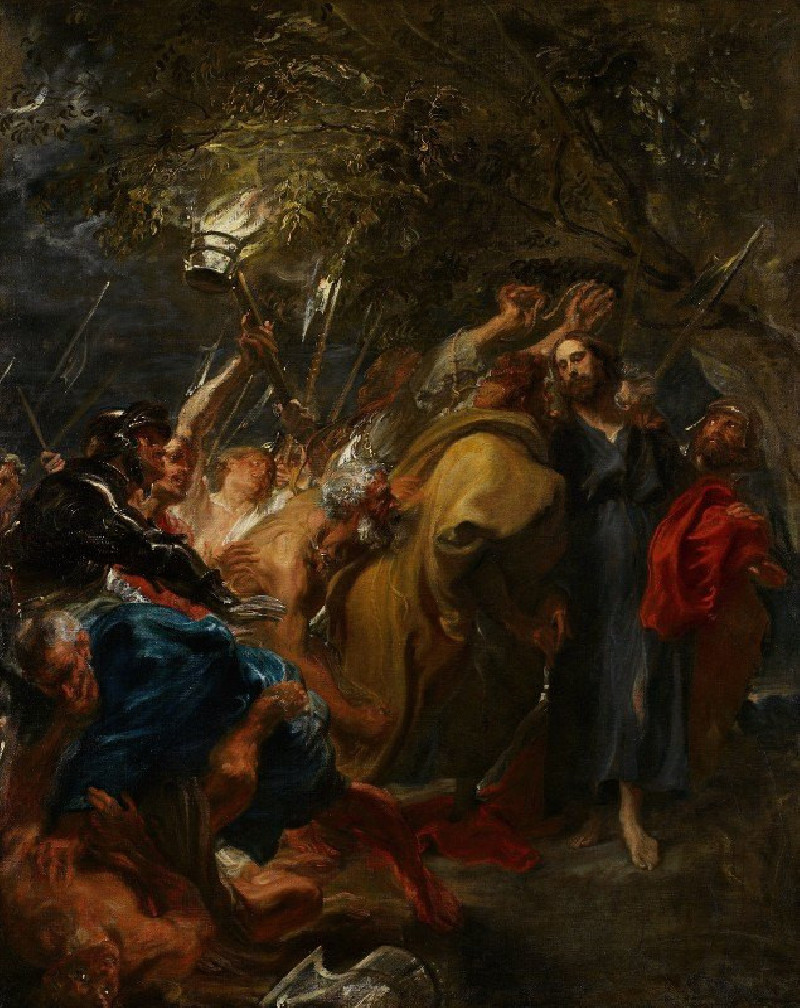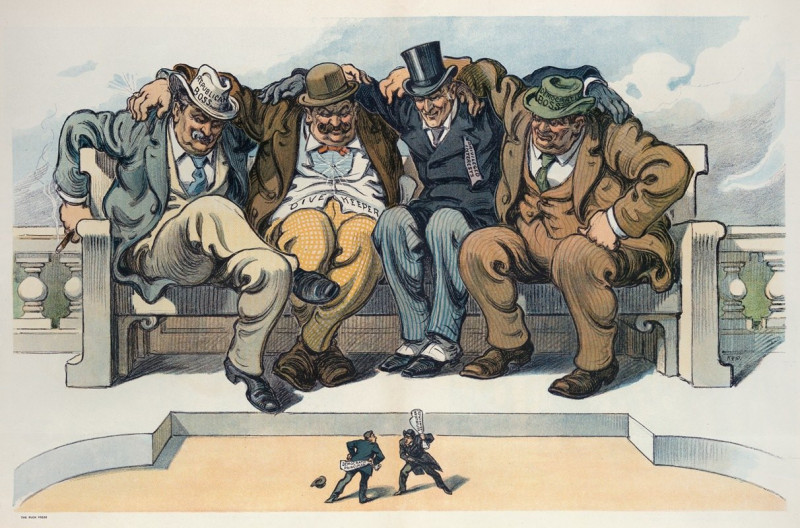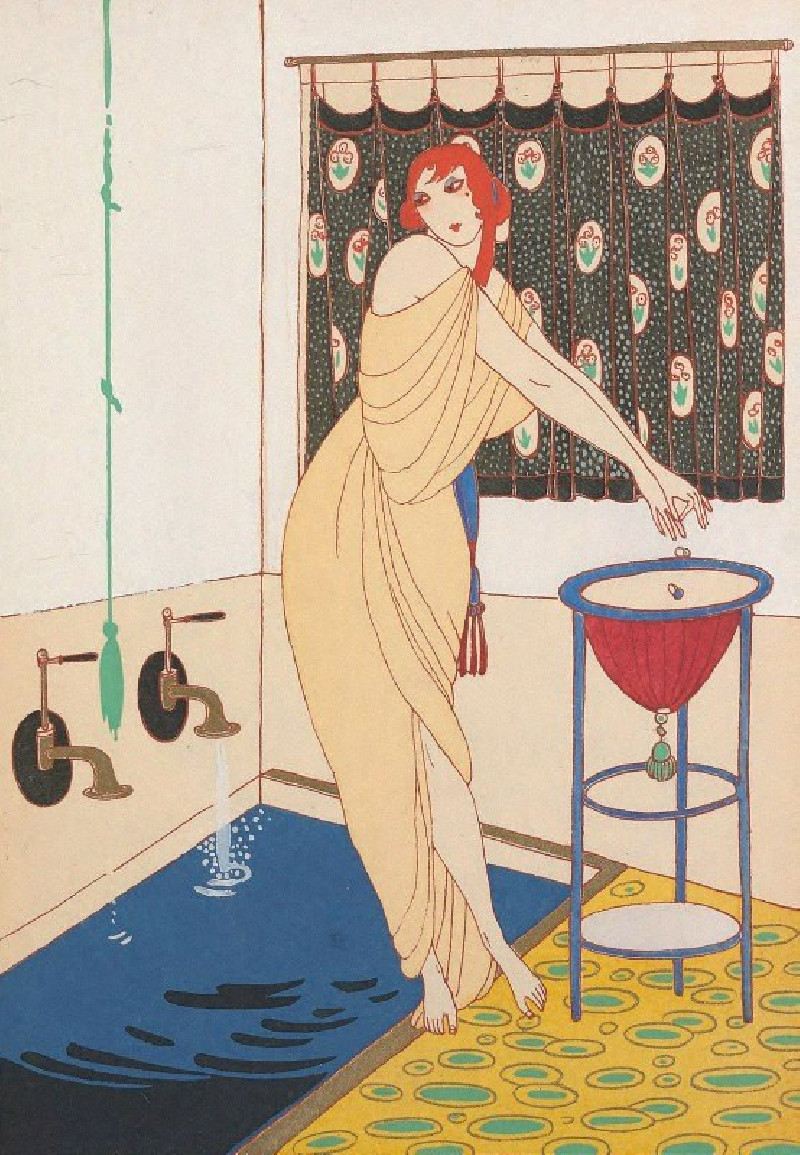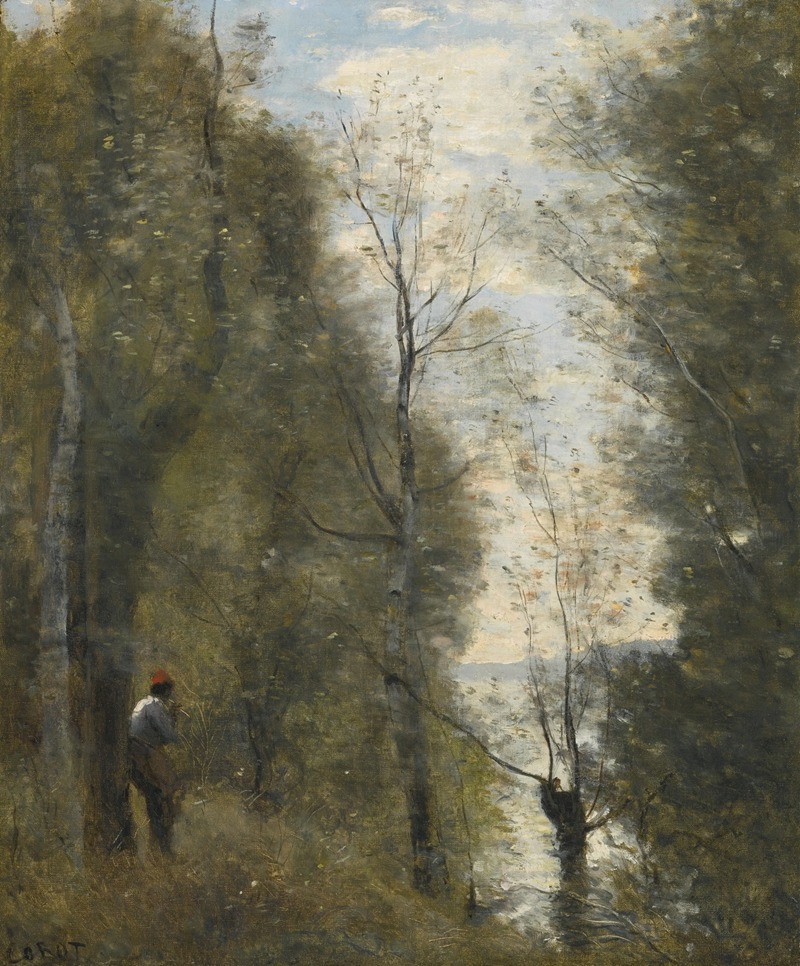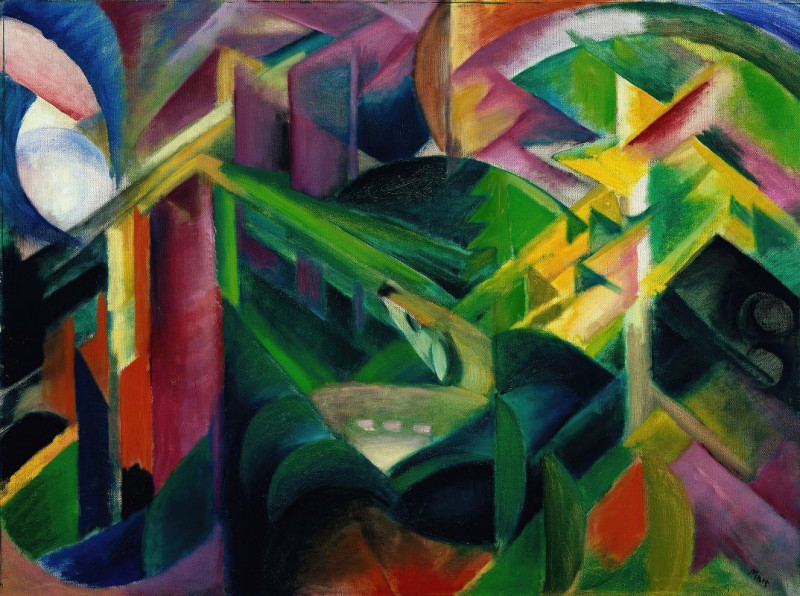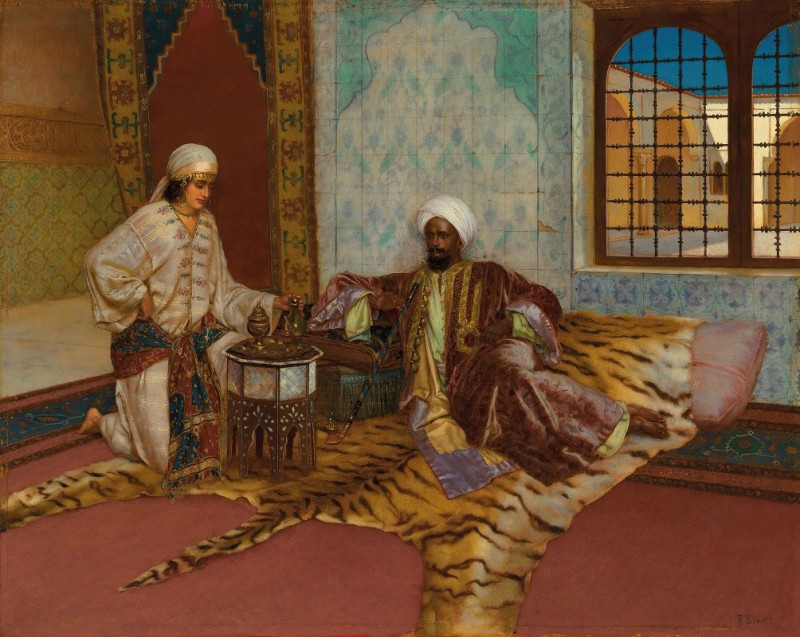Prismes-19 (1931)
Technique: Giclée quality print
Recommended by our customers
More about this artwork
"Prismes-19," a remarkable painting by Emile-Allain Séguy from 1931, invites viewers into a world of geometric abstraction and vibrant color contrasts. This piece is emblematic of Séguy's unique style, which often bridges the gap between Art Deco and earlier 20th-century modernist movements.The painting features an intricate arrangement of crystalline shapes that center around what appears to be an exploding star or a dynamic floral burst. These jagged, prismatic forms are rendered in shades of light and dark blue, starkly outlined to enhance their multi-dimensional appearance. This core of chaos is surrounded by beams that seem to either emanate from or rush towards this central nexus, suggesting movement and energy.The background is a solid, warm gold, serving as a bold contrast that highlights the cooler tones of the prisms and beams. This choice of a monochromatic backdrop not only emphasizes the foreground but also infuses the artwork with a sense of depth and drama."Prismes-19" is a testament to Séguy's mastery in using color and form to compose a scene that is simultaneously structured and dynamic, offering endless interpretations to its admirers.
Delivery
Returns
Emile-Allain Séguy was a popular French designer throughout the Art Deco and Art Nouveau movements of the 1920s. Often confused with the French entomologist Eugene Séguy who was active during the same time period, E.A. Séguy designed primarily patterns and textiles and was heavily influenced by the natural world. He was particularly fond of the intricate patterns and beauty of insects (Eugene would have approved), which he saw as “mechanic wonders” that provided abundant inspiration for interior design (Schiff, 157).

